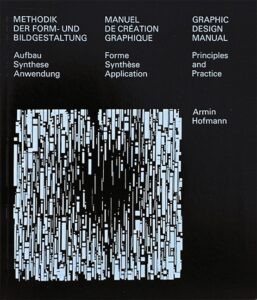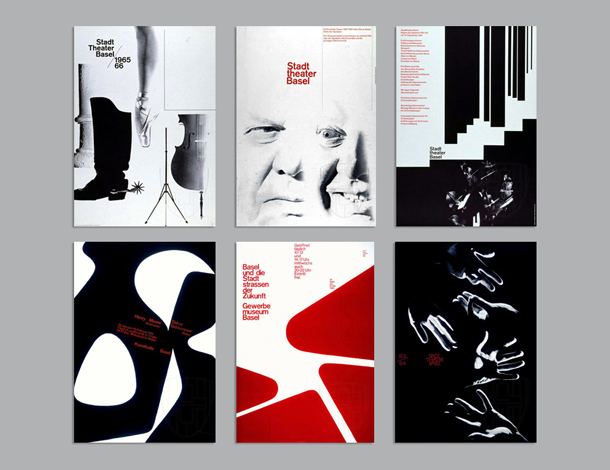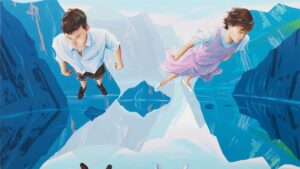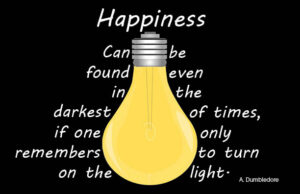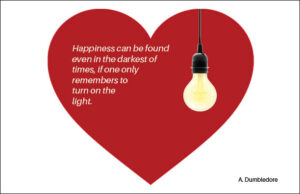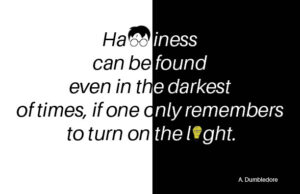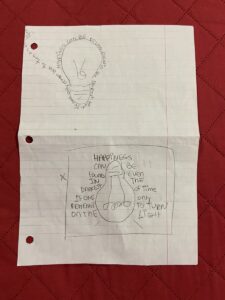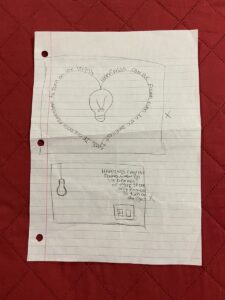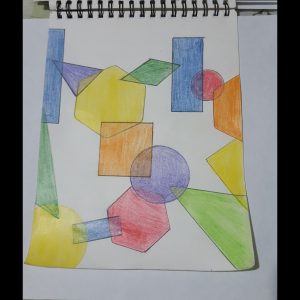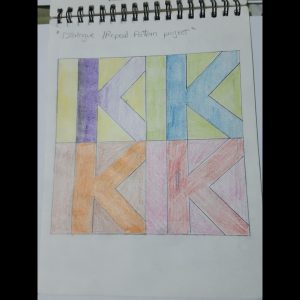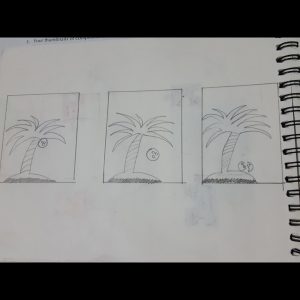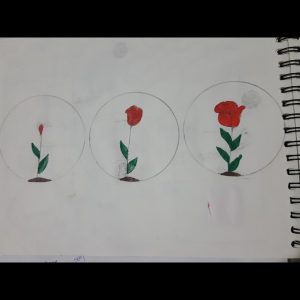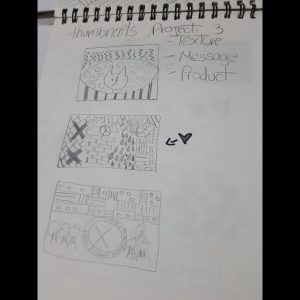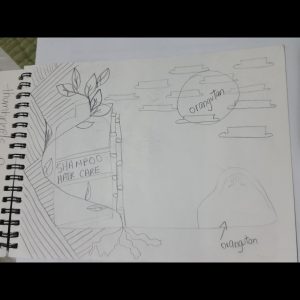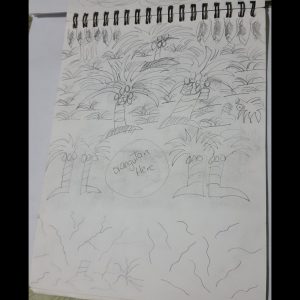Logo Research Paper-Yahoo!
Yahoo’s Logo
Nowadays, it is common for adults and adolescents to resort to websites that provide us with help with homework and this makes it easier for them to answer. Yahoo!, Inc., is a US-based media company whose mission is to be the most essential global Internet server for consumers and businesses based in Sunnyvale, California, and owned by Verizon Communications since 2017. In 1994, it was founded by Jerry Yang and David Filo who were graduate students at Stanford University. In a cramped office inside a mobile home on the Stanford University campus, Yang and Filo spent their afternoons browsing the Web. The story behind this high-impact logo begins with features like search access, a directory, or an email service. All of this transcends a favorite collection of Yang and Filo websites. When they were electrical engineering graduate students at Stanford University, both founders had compiled a list of their favorite websites.


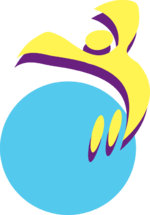
(First Yahoo Logos design was released to the public in 1994-1995)
The first three Yahoo logos were designed during the years 1994-1996. The first logo in 1994 consisted of the Times New Roman font and the color black. In 1995 the founders created another logo that included the exclamation mark at the end however it only lasted a short time of 5 months. In 1996 the founders also made another design in this case it consisted of an illustrated figure of a yellow “Y” that jumps in a blue circle with the “Yahoo”. The founders of Yahoo! Some consider them heroes. Jerry Yang and David Filo at the beginning both created Jerry’s Guide to the word which was an easier way to surf the net. However both decided to innovate and changed the name to Jerry and David’s Guide to the World Wide Web this would be the beginning of Yahoo! This platform made the internet easier to navigate and more organized. When the founders realized how their quickly website grew in popularity with their profitable business, they changed the name of their creation to Yahoo! Yahoo! according to the dictionary it means “Rude”, unsophisticated, uncouth” the reason for this is because they both liked the meaning of those words. However, some have speculated that “Yahoo” is just an acronym for “Yet Another Hierarchical Officious Oracle.”. According to the hierarchical term it describes how the Yahoo database was organized in layers of subcategories. In contrast, the founders maintained that they selected the name Yahoo because the term was used by college students in the native Louisiana of founder David Filo.
By 1995, Yahoo had already acquired several companies such as ClassicGame.com and Rocketmail. The exclamation mark was added to the wordmark since Yahoo was already registered as a trademark. The first logo design was in the 90’s, despite their first design, the founders began to experiment with different ideas in a variety of ways into the future. A great growth opportunity in February 2008 founder Jerry Yang made a decision on a bid proposed by Microsoft to buy Yahoo for $ 44.6 billion. In 2009, former Autodesk CEO Carol Bartz joined Yahoo as CEO after Jerry Yang resigned in November 2008. Over the last 22 years Yahoo has continued to pursue technology company aspirations by investing with new ideas and smart technology. In 2009 Yahoo updated the old logo for the first time by changing the color from red to purple and flattening it. Later in 2013 under the command of CEO Marissa Meyer the logo got a makeover.

(The original red, the 2009 update, and 2013 redesign logos. [Images: Yahoo)
The original logo was better for the time of the founders however, for a current time a change was required for Internet novelty. The process change in presentation to the new logo signified the strong characteristics of the old “Yahoo” logo. The name was held in high regard with a strong brand presence of its own. Michael Bierut, the Pentagram partner who led the rebranding, wanted the logo to be in clear and beautiful letters in order to make them happy when pronouncing it in people’s heads. According to Bierut, he said “All our attempts to go back and try to revise the original felt forced and artificial,” what Bierut explains is that the original logo was suitable for its time, however it was not suitable for a time like the present.

(Image:courtesy Pentagram)
Pentagram developed a broader rebranding of Yahoo. The new logo keeps the purple and the exclamation point, but it touches any remnants of the company’s many previous marks. The Pentagram-designed identity is crisp and friendly, with thick and curvy letterforms in addition they chose a more lively typeface, Centra No. 2 extra bold, that gives the double-Os in “Yahoo” a friendly, borderline anthropomorphic character. The identity is further streamlined with a simple “y!” monogram, useful for favicons and social media icons. The monogram is also the foundation for a cohesive brand architecture that locks up the “y!” with various channels to create sub-brands for Yahoo Finance, Yahoo Sports, and Yahoo Weather. The important thing that remains is your exclamation point, which is slanted like an italic and which is at a slanted angle is at 22.5 degrees and is repeated throughout the new mark. Yahoo! It led its competitors with a large number of website users with more than 2.4 billion pages across its various international sites in 13 languages. Over the years, Yahoo! has had a great impact on society as the new CEOs who fought for this company grew with professionalism.

(Image: courtesy Pentagram)
Works Cited
https://www.britannica.com/topic/Yahoo-Inc
https://www.fastcompany.com/90407757/yahoo-has-a-new-logo-again
https://logos.fandom.com/wiki/Yahoo!
https://www.siliconvalleyhistorical.org/yahoo-history
https://www.ft.com/content/e812c32c-506e-11e6-8172-e39ecd3b86fc
http://www.fundinguniverse.com/company-histories/yahoo-inc-history/
https://www.techradar.com/news/internet/the-past-present-and-possible-future-of-yahoo-1325383
Yahoo — Story (pentagram.com)







